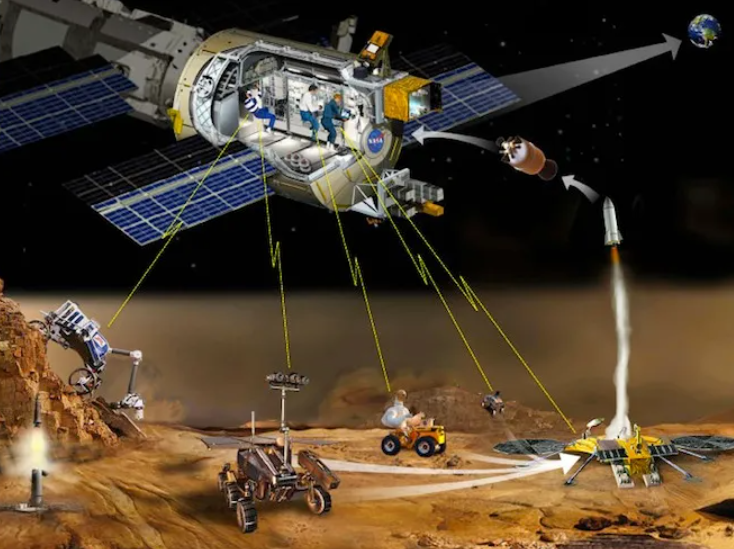The future of tech innovation in global agriculture presents significant advancements poised to reshape food production. Artificial intelligence is set to enhance farming practices, while precision agriculture promises to maximize efficiency and yield. Sustainable innovations will play a crucial role in environmental stewardship. However, a deeper examination reveals the complexities of integrating these technologies. What challenges and opportunities lie ahead as stakeholders navigate this evolving landscape?
The Impact of Artificial Intelligence on Farming Practices
As the agricultural sector grapples with the challenges of an increasing global population and climate change, artificial intelligence (AI) emerges as a transformative force in farming practices.
Through advanced crop monitoring and predictive analytics, AI enables farmers to optimize resources, enhance yields, and minimize environmental impact.
These technologies empower producers with data-driven insights, fostering a more sustainable and resilient agricultural landscape for future generations.
Precision Agriculture: Maximizing Efficiency and Yield
Precision agriculture represents a paradigm shift in farming methodologies, leveraging technology to enhance productivity and sustainability.
Sustainable Innovations for Environmental Stewardship
Innovative approaches in agriculture are increasingly focused on sustainable practices that promote environmental stewardship while maintaining productivity.
Utilizing eco-friendly technologies, such as precision irrigation and organic fertilizers, enhances soil health and reduces resource consumption.
These advancements not only mitigate environmental impact but also empower farmers, fostering a resilient agricultural ecosystem.
Ultimately, sustainable innovations are essential for harmonizing agricultural growth with ecological preservation.
See also: The Future of Space Exploration: Technology’s Impact
Enhancing Food Security Through Technology and Collaboration
While the challenges of food security remain daunting, technology and collaboration offer promising pathways to enhance agricultural resilience.
Vertical farming maximizes space and resource efficiency, addressing urban food shortages.
Additionally, blockchain traceability ensures transparency in food supply chains, empowering consumers and producers alike.
Together, these innovations foster a more secure and equitable food system, enabling communities to thrive in an increasingly unpredictable world.
Conclusion
In the grand theater of global agriculture, where robots dance and drones sing, the future promises a cornucopia of tech-driven delights. As farmers trade their pitchforks for tablets, one might wonder if the crops will soon demand Wi-Fi. Yet, amidst this digital revolution, the age-old struggle against climate change and food insecurity persists, reminding us that even the most advanced algorithms can’t grow tomatoes without a little soil and sun. After all, technology may optimize, but nature still holds the keys.




 The Future of Technology in Fashion: Trends to Watch
The Future of Technology in Fashion: Trends to Watch